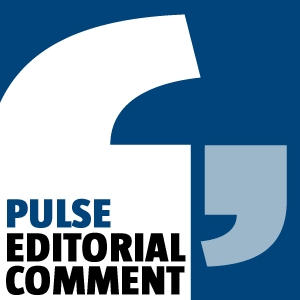NICE’s new draft guidance on lipid modification reopens a long-running argument over the merits of primary prevention with statins.
The topic was, in fact, the subject of the clinical debate at last year’s Pulse Live event.
Then, GPs in the audience were divided, with some confident in the benefits of statins but others unconvinced by the evidence and concerned about over-medicalisation. Now, with the threshold for primary prevention lowered to a 10% cardiovascular risk over 10 years, the consensus seems clearer. The Pulse survey quoted in this month’s cover story found just 25% of GPs support the change, with 57% opposed.
Some of that is down to the clinical evidence. It’s striking that while only a minority of GPs plan to flout the threshold if it becomes official NICE policy, fewer than a third would choose to take a statin themselves based on a 10% 10-year risk.
But the other key factor is the sheer amount of work involved. GPs will be asked to help millions of additional patients understand and weigh up the risks, then set up repeat prescriptions, carry out multiple LFTs and monitor possible side-effects. Small wonder then that 79% are bracing themselves for a major increase in workload – none of it yet attached to any additional funding.
NICE, we can only hope, has factored this extra pressure on GPs into its calculations. But hoping is all we can do, sadly, because NICE has declined at this stage to publish its impact assessment. In fact, those responding to and commenting on the draft guidance are asked to do so without NICE even disclosing how many millions of extra patients it expects to be put on statins. All we have is a blithe assurance that the threshold has been lowered after the appropriate economic modelling has been done.
All of which brings us to the familiar ‘ivory tower’ criticism of NICE – that it draws up health policy in a not-particularly transparent vacuum, and with insufficient input from grassroots GPs.
The hope was that the appointment of the first NICE chair to have been a jobbing GP – Professor David Haslam – might have helped ground guidelines in daily practice. But while Professor Haslam has certainly talked the talk, pledging to make NICE ‘more relevant’ to GPs, the results have been mixed. Certainly its recent draft guideline discouraging the use of paracetamol to treat osteoarthritis – a recommendation subsequently reversed after GP outcry – didn’t bode well.
NICE does have some GP input, of course – two GPs sat on the group that drew together the lipid modification guidance, for instance, and its recent decision to increase reimbursement rates for GP locums sitting on its committees is a step in the right direction. But more must be done. Under Professor Haslam’s leadership, NICE should act decisively to open up its guideline groups to more frontline, non-specialist GPs, in order to fully understand how its edicts are likely to impact on practice at the coalface. Every piece of new guidance should have to pass the ‘Peverley test’, if you like.
Until that happens, NICE risks continuing to be seen as remote and somewhat out of touch. And regardless of the clinical evidence, a historic expansion of primary prevention will not have the full confidence of those asked to implement it.
Pulse October survey
Take our July 2025 survey to potentially win £1.000 worth of tokens













